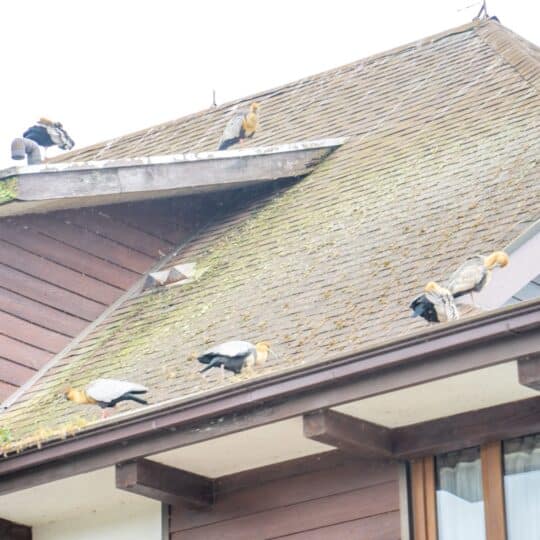What Is the Best Roofing Material for Pest Prevention?

Pest control is not only about the sprays we use. It is also about how our homes are constructed. There may be situations where pests keep entering your home not because the pest control isn’t working, but because there are too many pests to kill them all or there are holes throughout a property that make easy entrance points.
An example of this is with roofing materials. We don’t often think about how our roof can attract and maintain pests, but some types of roofs are better or worse than others, and the different can be fairly substantial. If you’ve had problems with pests in the past, and you’re in the market for a new roof, you may want to consider how different options can affect pest infestations.
Exploring Pest-Resistant Roofing Materials
The choice of roofing material can significantly impact a building’s vulnerability to pests such as rodents, insects, and birds. Some materials provide a less hospitable environment for pests for reasons that include their durability, smoothness, and inability to absorb moisture. Key options include:
- Metal Roofing – Known for its durability and longevity, metal roofing is less attractive to pests due to its smooth surface and lack of penetration points. It is resistant to rodents and insects and discourages nesting by birds.
- Concrete Tiles – Heavy and impenetrable, concrete tiles offer little appeal to pests. Their robust nature prevents burrowing and nesting, making them an excellent choice for pest prevention.
- Slate Tiles – Natural slate is another durable option that withstands pest invasions. Its hardness and smooth texture deter pests from burrowing or finding crevices to inhabit.
Modern composite or synthetic shingles are designed to mimic the appearance of natural materials while providing added resistance to pests. These materials often include pest-repellent properties, making them less susceptible to infestations. But the problem with shingles is that they are also more likely to break off, creating entrance points for pests to enter. They may also grab mildew or buildup that could attract more pests to your property.
While the choice of material is fundamental in pest prevention, the quality of installation and ongoing maintenance also play critical roles. Even the most pest-resistant roofing material can become vulnerable if not properly installed or maintained. Ensuring that roofing materials are securely fastened, with no gaps or vulnerabilities, is necessary for keeping pests at bay. Regular inspections and maintenance can identify and rectify potential issues before they lead to infestations, and cleaning off your roof prevents wet buildup, which can become a hotspot for pests.
Roofing and Pests
Replacing your roof is not, of course, an alternative to a pest control company. But the strategies we use, while they are highly effective for addressing pest infestations, can also have their own limitations if your property is older, or it has become damaged, or there are issues that have attracted pests. Roofing materials do matter, and – if your goal is to switch your roofing to another material – you may want to talk to consider how the new roofing material may affect your pest infestations.
Still, there is no substitute for great pest control, and even if your property is older and its roofing does attract pests, there are ways that we can help you prevent them. Contact ExtermPRO today to learn more.